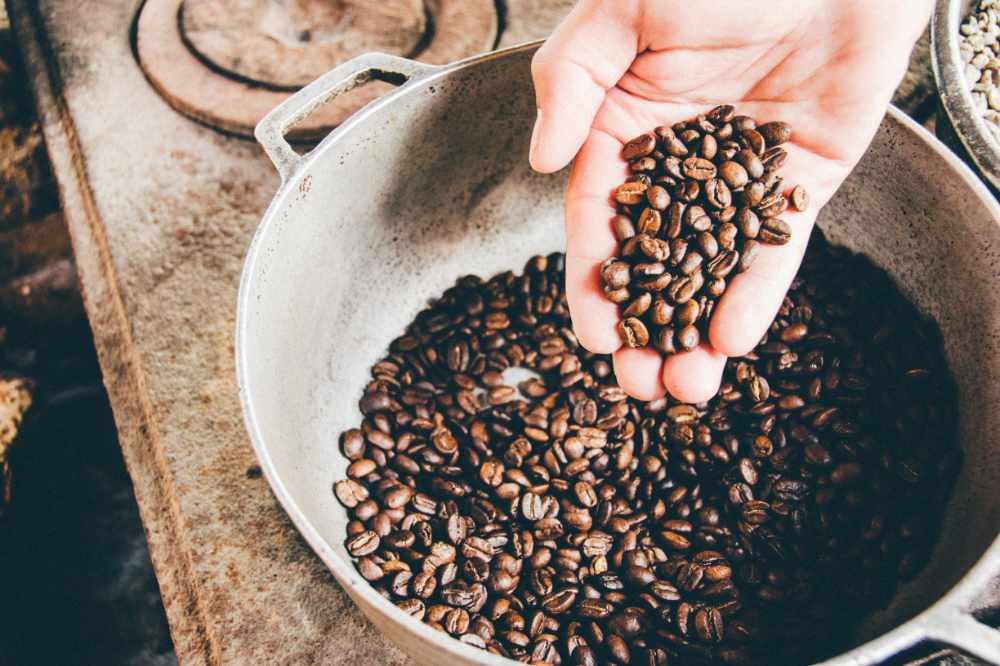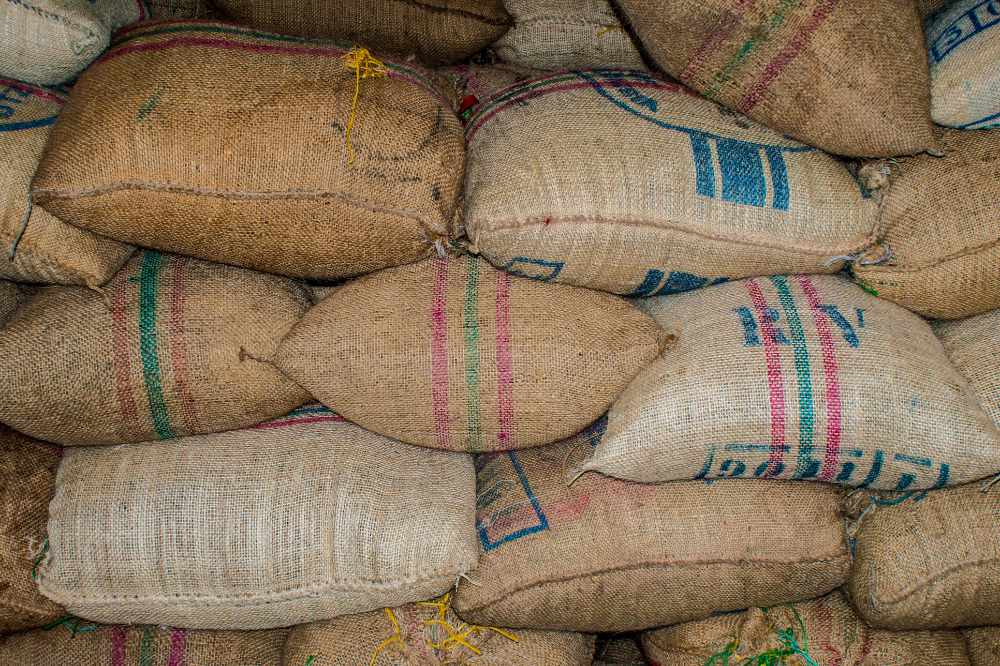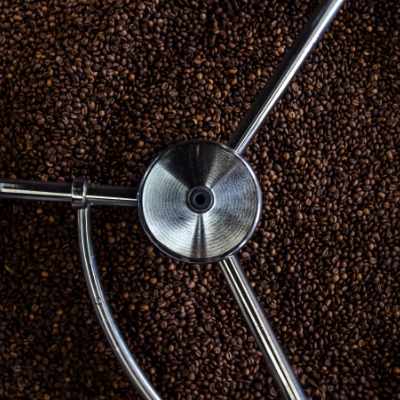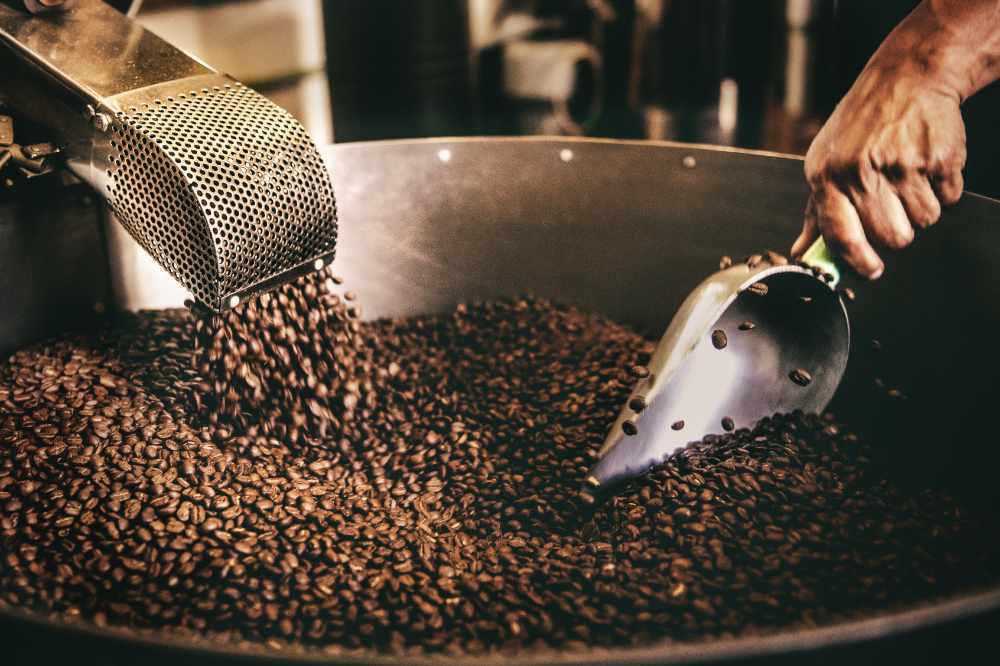While single-origin coffees have been overshadowed for years by the popularity of coffee blends, single origin beans are gaining ground in the market. For many years, the coffee industry’s main priority was to bring a well-rounded, consistent, and affordable blend to the public. With the rise of third-wave coffee and specialty coffee shops, the market has shifted to focus on unique flavors naturally found in different beans and conscientious processing methods. Single-origin coffees have been brought into the limelight for their transparent traceability and their wild and fascinating tastes.
So which is best, a traditional blend or single-origin coffee? Both have positive aspects, so it mostly comes down to your personal taste and what you are looking for in a cuppa.
Coffee blends are created for balanced taste and acidity, while single origins allow more individual flavors and unique characteristics to come to the surface.
Let’s compare the qualities of blends vs single origin and you can decide which to brew for your next cup of coffee.

History of Coffee
By default, all coffee began as single-origin. The coffee industry began its journey in the Middle East in the 1600s with coffee from Yemen being sold throughout cafes. When the coffee drinking trend gained more widespread popularity, this led to the creation of coffee blends. Blends were the more affordable option for mass production as high-quality beans could be mixed with cheaper or more accessible beans for filler.
One of the first coffee blends was the Mocha-Java blend. Mocha beans from Yemen and Java beans from Indonesia were the first commercially traded beans. Dutch traders did business with both countries and combined the beans to sell a consistent product to a growing number of coffee customers. The result was a combination of sweet, berry notes from Africa with rich, spicy flavors from Indonesia.
The number of coffee consumers grew exponentially in the 1960s and almost every household owned a stovetop or electric percolator. Towards the end of the 20th century, the coffee consumer trends changed from a home-brewed basic staple to a luxury product. Chains like Starbucks began to make coffee a specialty item and coffee fans were willing to pay higher prices for a complete coffee experience.

This led to the “third wave” of coffee, which brought an added emphasis to bean quality and the traceability of the bean from its specific farm to your cuppa. The coffee-drinking market has moved toward placing a higher value on fair trade bean production and is fascinated with the authentic tastes of different single-origin beans. Still, a large number of dedicated fans continue to enjoy the reliability of the coffee blend to help them wake up in the morning.
Let’s see why coffee blends have been the go-to coffee for so long.
Coffee Blends
Some of the reasons that coffee blends have been so popular for so long are their harmonious full-bodied flavors, the consistency of the cup they are able to provide, and the fact that they are budget-friendly.
Harmonious Flavors

Blends have the advantage of taking all the good aspects of individual beans and combining them for a smooth, rich flavor. They are able to balance the bitterness and acidity present in some coffee beans with more mellow beans.
Also, blends can pick up many combinations of coffee notes that are pleasant to the taste buds, like chocolate and berry, or nutty and brown sugar. The quality of the taste is dependent on the types of coffee being used. If a blend is well made, it can create a harmonious taste that is hard to rival!
Consistent Taste
Another advantage of a blend is its consistency. Since coffee beans ripen in different areas at different times of the year, it can be more difficult to provide the same single-note coffee flavor year round.
Many blends use a combination of 2-10 different coffees per blend. The more coffees used in a blend, the easier it is for coffee roasters to replace unavailable flavors with others in the same flavor profile. This provides the consistent flavor that many coffee drinkers want.
Cost-effective
Blends are also a more cost-effective option for coffee roasters and the savings trickle down to the consumer who is buying the brew. A high quality taste can still be achieved when good coffee is blended with cheaper or more easily accessible beans. This allows roasters to strategize which beans they use in which season to provide quality tasting brews that consumers can still afford.

Blend Types
While blends can have specialty flavors such as a Christmas blend or Summer blend, the most well-known blends are the breakfast blend, house blend, and espresso blend.
Breakfast Blend
Many coffee drinkers are looking for routine with their first coffee of the day. The breakfast blend tends to be a brighter, more acidic blend. The beans are usually processed with a light roast and this coffee is consequently higher in caffeine. This blend is most often brewed in a drip coffee machine.
House Blend
House blend is often the roaster’s or coffee shop’s specialty blend. This blend usually takes the middle road for acidity and bitterness and generally makes a very well-rounded brew. This blend is usually a best-seller and includes coffee flavors that will hit the mark for many customers.
Espresso Blend
An espresso blend is generally made from beans with a smoky, full-bodied flavor that leans towards bitter and away from acidic properties. This blend is roasted longer than the previous two blends giving it a stronger taste (but less caffeine!). This blend works well with drinks that are created with milk, such as lattes and cappuccinos.
While single origin coffees won’t necessarily make a bad espresso, the individual notes may be overwhelmed by this particular brewing method, or the cup of coffee may taste too one-sided. Espressos will taste best with a complex, well-rounded blend.
Fans of Coffee Blends
Coffee blends are a great choice for those who are looking for consistency in their morning cup of coffee. Blends provide complex, well-rounded flavors for a reliable cup of coffee all year round. The coffee drinkers that choose blends are usually the steady type who find something they like and stick with it.
Single Origin Coffee

Single-origin coffees have risen in popularity because of their exotic tastes, the beans’ traceability, and high-quality processing methods. Each specific coffee is allowed to show off its individual qualities. This makes each coffee drinking experience a new adventure.
Tasting Notes
Each bag of single origin coffee usually has tasting notes by the roaster written on the outside of its packaging to let you know what flavors to expect in your brew. There is a surprising number of tastes available in single-origin coffees from sweet to sour, or salty to bitter. Different climates, altitudes, soils, and seasons will affect the taste of the beans.
Traceability
A great advantage to a single origin brew is its traceability. Coffee can be traced directly back to a single estate, farm, mill, co-operative or microlot. The farm-to-cup process is much more transparent. Coffee roasters and consumers are usually able to know important information about the owners, workers, soil types, sustainability, and fair trade practices. This allows farmers who are conscientious about their practices and product to get the recognition they deserve and to continue to make high-quality coffee.
Processing Methods
The single origin and third-wave coffee market has greatly influenced the quality of coffee that is being grown by farmers. Roasters can visit bean farms and cup coffee directly with bean growers to compare tasting notes and flavor profiles as the beans are processed. Roasters are also able to inform farmers of the trends they are seeing in the flavors consumers are buying and farmers can take this into consideration while processing the beans.
Beans are usually processed on the farm using a natural process or a wet process. Naturally processed coffees tend to work well in hot climates such as Yemen or Ethiopia. This process helps the beans keep a fruity sweet taste since the berry dries with the coffee. Other beans are allowed to ferment and then are washed and dried. Most beans are processed using a wet method, which tends to have brighter more acidic qualities than the natural, dry processing method.
Brewing Methods

French press can be a great choice for darker roasted single origin coffees. This method gives the brew time to steep and each ground to be surrounded by water for an even steeping.
For lighter single origin roasts a pour over or manual method provides a superior cup that allows the brews aromatics, clarity, and body to be fully experienced. Brew temperature will be more critical for lighter roasted coffees as they are less water-soluble. If the grounds remain in contact with water for too long, the water begins to extract less desirable qualities and can lead to an oversteeped or insipid tasting coffee.
Popular Single Origin Coffees
Indonesia
Indonesian coffees are dark and bold and have an earthy taste. Their flavor profile can contain earthiness, mustiness, spice, tobacco, wood, and leather. As you finish a cup of Indonesian coffee, it leaves you with a feel of dark cocoa.
Ethiopia
Ethiopian coffee is not too strong and it is mildly acidic. This coffee leaves you with a taste of jasmine flower, bergamot, and blueberry.
Kenya
Kenyan coffee leans toward brighter tastes of fruit and berry and is known for its wine-like acidity. It has a consistent, rich flavor.
Brazil
Brazilian coffee tends to be lower in acidity than other coffees. It contains flavors that are sweet to bittersweet and with a nutty and chocolate roast finish.
Fans of Single Origin Coffees
Single origin coffees are a great pick for coffee drinkers who are fascinated with the intricacies and discrepancies of a coffee brew. Trying single origin coffees can become a new hobby for those who have a long history with coffee drinking and want to branch out to new and wilder flavors.
The Best Coffee
Coffee blends and single origin coffees each have positive aspects and there is no right or wrong answer on which brew is “best.” Coffee blends can give you a brew with flavors that complement each other at an affordable price, while single origin coffees allow you to enjoy a conscientiously crafted brew with an exciting flavor profile. The best coffee will be largely influenced by the brewing method you use and your personal preference. So which brew will you choose to fill your next cup of coffee?





